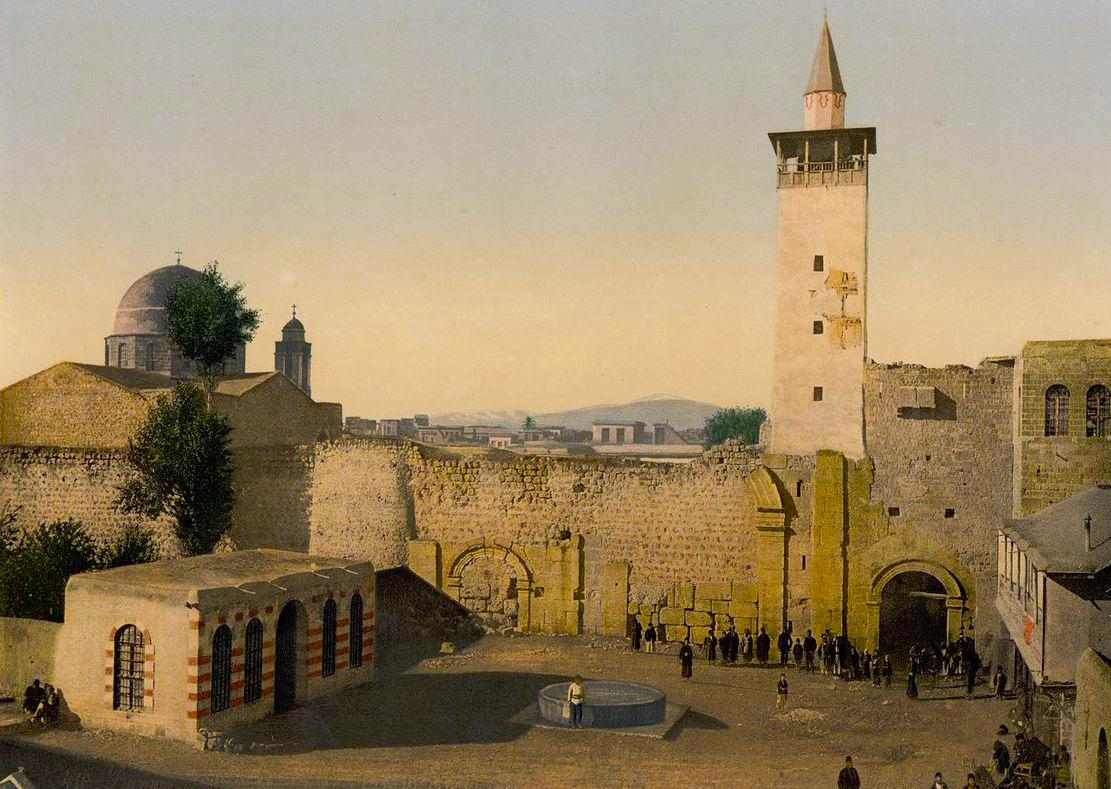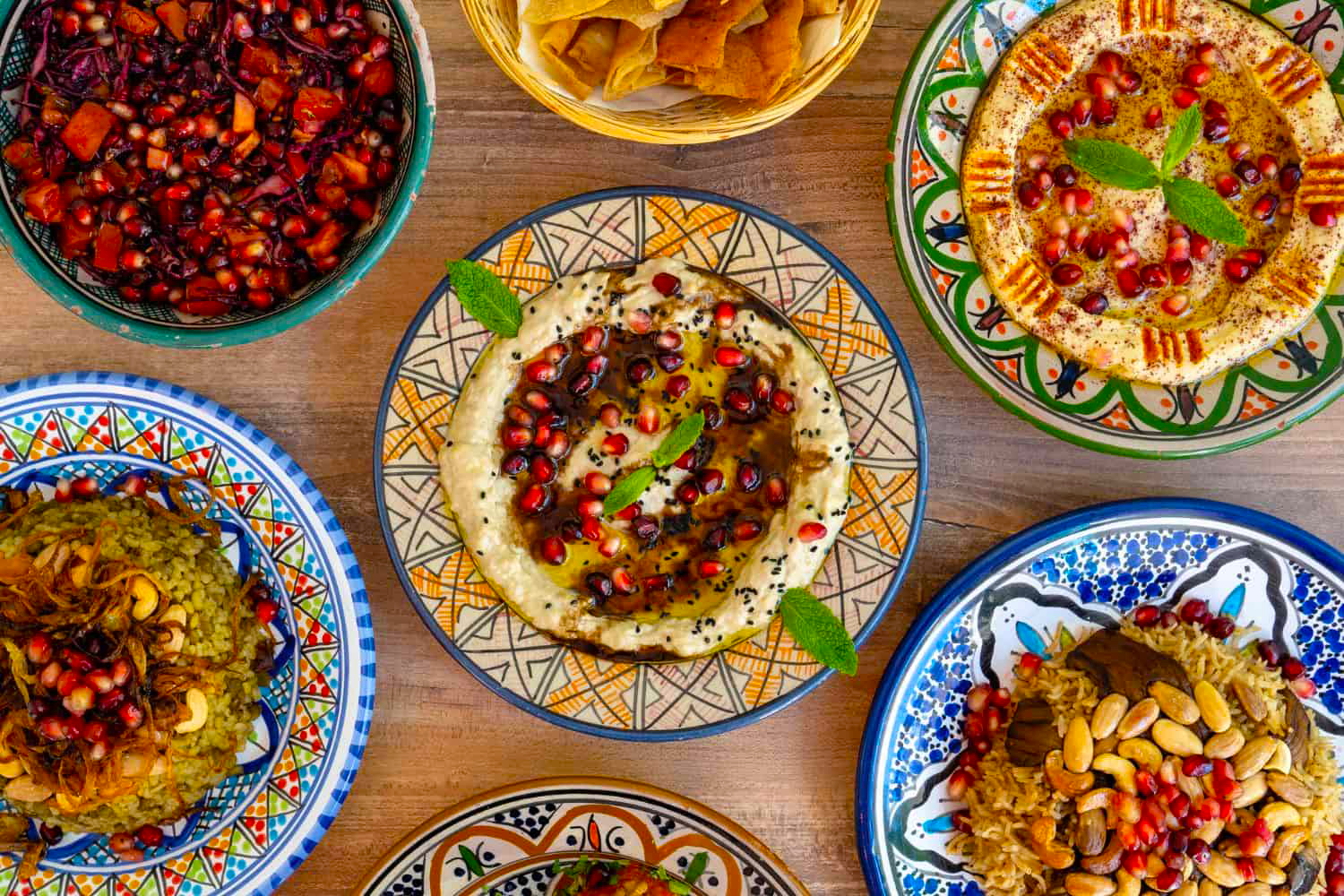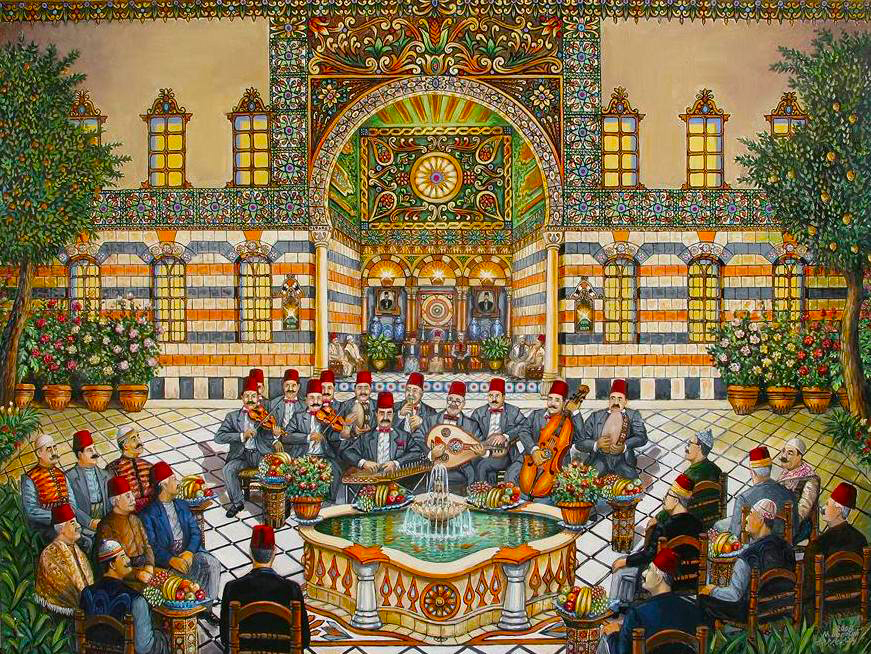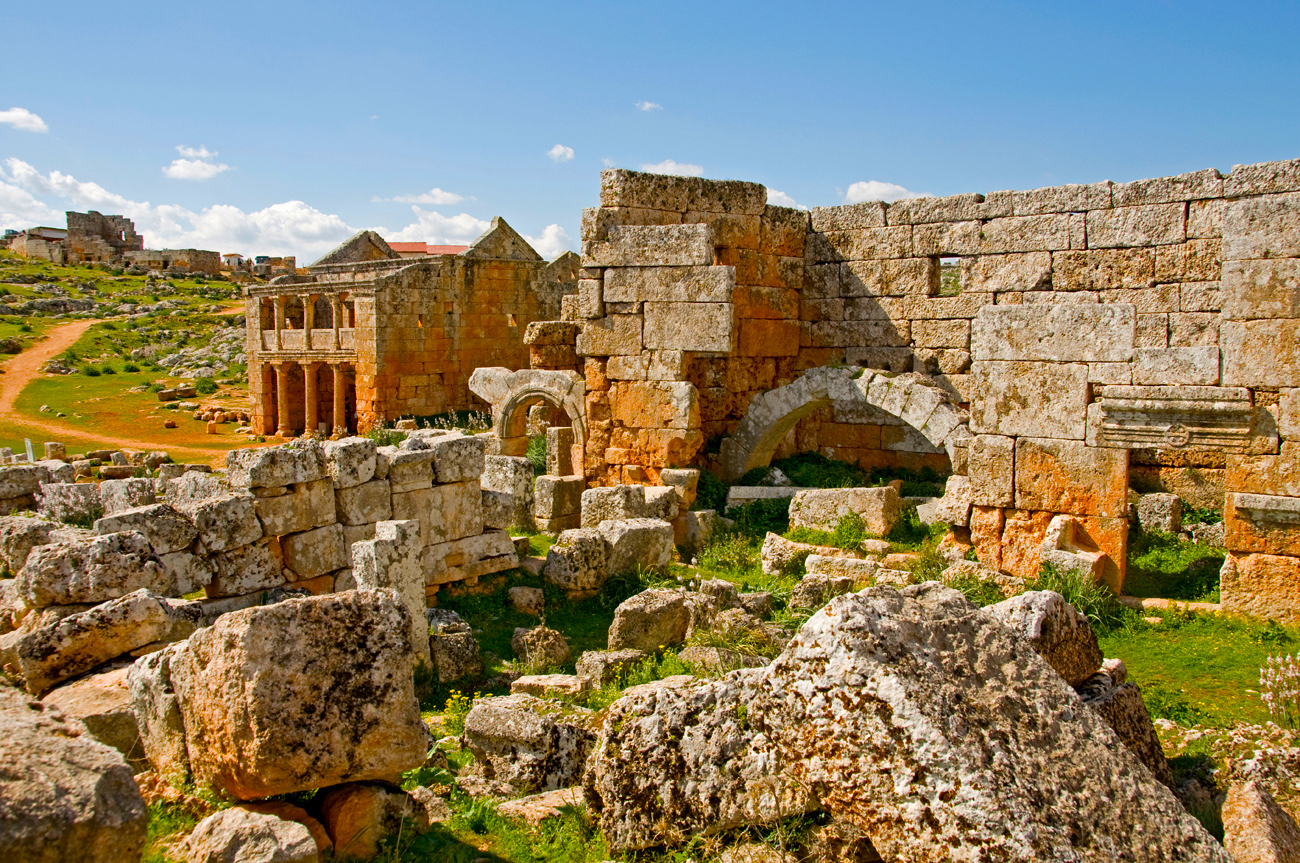Northern Syria is a land rich with history, culture, and archaeological marvels that have witnessed the rise and fall of civilizations across millennia. While many travelers flock to the well-known sites, the region also hosts numerous lesser-known locations steeped in history and cultural significance. This article explores fourteen such sites — from quaint villages to ancient ruins — each offering unique insights into Syria’s fascinating past.
| Site | Approximate Date / Era | Brief Information |
|---|---|---|
| Taqla تقلا | Roman period onwards | Small village with ancient roots and traditional life |
| Bashkuh باشكوح | Medieval | Mountain lookout with remnants of fortifications |
| Kukaniyeh كوكانية | Byzantine era | Archaeological site with pottery shards and ruins |
| Bamuqa باموقا | Traditional rural village | Preserves local culture and vernacular architecture |
| Burj Aizarara برج عيزارارا | Medieval | Watchtower guarding trade routes |
| Beshandlaya بشندلايا | Early Islamic period | Ancient village with mosque foundations |
| al-Kfeir الكفير | Unknown / Rural settlement | Remote village with traditional lifestyle |
| Behyo بحيو | Ancient to Medieval | Village surrounded by fertile lands and ruins |
| Beitar بيتر | Medieval | Historic crossroads with old walls and fortifications |
| Banabel بنابل | Medieval | Gateway village for pilgrims and traders |
| Tel al-Karameh تل الكرامة | Multi-layered tells | Archaeological mound with artifacts from various eras |
| Jebel Sarir جبل سرير | Ancient to Medieval | Mountain refuge, possible ancient inscriptions |
| Kafr Lusein كفر لوسين | Traditional village | Known for stone houses and agricultural terraces |
| Serjableh سرجبله | Early Christian period | Site with church ruins and religious artifacts |
Taqla تقلا
Taqla, known locally as تقلا, is a small village in northern Syria that reflects the traditional lifestyle of the region. While not as grand as the famous fortresses or ruins, Taqla’s significance lies in its continuous habitation since ancient times. Archaeological surveys suggest that its roots stretch back to the Roman period. The village preserves many traditional architectural elements and offers a glimpse into rural life in Syria, making it a worthwhile stop for those interested in the human aspect of history beyond grand monuments.
Bashkuh باشكوح
Bashkuh (باشكوح) is nestled within the rugged terrain of northern Syria. Its name, combining “bash” (head) and “kuh” (mountain) in Persian, means “mountaintop,” reflecting its strategic location. The site served as a lookout point during various military campaigns due to its commanding views of the surrounding areas. Remnants of ancient fortifications and watchtowers indicate its historical military role.
Kukaniyeh كوكانية
Kukaniyeh (كوكانية) is a relatively obscure archaeological site. Excavations have uncovered pottery shards and ruins that date back to the Byzantine era. Though little remains above ground, ongoing studies are revealing its importance as a regional trade post. Visitors to Kukaniyeh will find the landscape evocative of Syria’s layered past, where every stone tells a story of civilizations long gone.
Bamuqa باموقا
Bamuqa (باموقا) is a village that exemplifies the traditional rural communities of northern Syria. Its cultural practices, folk traditions, and oral histories have been passed down for generations, preserving a living history of the region. The village showcases distinctive building techniques using local stone and clay, offering insights into sustainable, vernacular architecture.
Burj Aizarara برج عيزارا
Burj Aizarara (برج عيزارارا) translates to “Tower of Aizarara,” hinting at its defensive origins. This site is known for the remains of a medieval watchtower that guarded important trade routes. Its elevated position provided early warnings against invaders, playing a crucial role in regional security during the Middle Ages.
Beshandlaya بشندلايا
Beshandlaya (بشندلايا) is referenced in historical texts as a settlement during the early Islamic period. It holds archaeological interest for its remnants of early mosques and community structures. Excavations have revealed foundations of buildings that suggest a once-thriving community engaged in agriculture and trade.
al-Kfeir الكفير
Al-Kfeir (الكفير) remains somewhat enigmatic due to its remote location and limited archaeological exploration. Despite this, the village’s traditional lifestyle and the local oral histories enrich the understanding of rural Syrian communities and their adaptations over centuries.
Behyo بحيو
Behyo (بحيو) offers a blend of natural beauty and historical interest. The village is surrounded by fertile lands and has a small collection of ancient ruins nearby. These ruins, mostly foundations and fragments, suggest that Behyo once held greater strategic and economic importance.
Beitar بيتر
Beitar (بيتر) historically acted as a crossroads connecting various trade and military routes. Its position contributed to its development as a bustling local center in past centuries. Today, Beitar retains vestiges of its old walls and fortifications, attracting visitors interested in Syria’s medieval architecture.
Banabel بنابل
Banabel (بنابل) served as a gateway village for pilgrims and traders traveling through northern Syria. Its proximity to other historical sites made it a critical stopover point. Banabel’s local festivals and cultural traditions continue to celebrate its historical role as a hub of hospitality.
Tel al-Karameh تل الكرامة
Tel al-Karameh (تل الكرامة) means “Hill of Dignity,” reflecting its esteemed status in local lore. This tells, or ancient mounds, are typical of the region and represent layers of human settlement, often containing artifacts from various eras.
Jebel Sarir جبل سرير
Jebel Sarir (جبل سرير) is a prominent mountain in northern Syria. Its elevation provided natural defense and refuge for ancient peoples. Historical records suggest it was used as a hideout during periods of conflict and may host ancient inscriptions or carvings yet to be fully studied.
Kafr Lusein كفر لوسين
Kafr Lusein (كفر لوسين) is a village with a long history, reflected in its traditional stone houses and ancient agricultural terraces. The village is known for preserving traditional crafts and hosting community events that reflect its historical continuity.
Serjableh سرجبله
Serjableh (سرجبله) is known for its archaeological remains that point to early Christian settlements in the area. The site contains ruins of churches and religious artifacts that highlight the region’s spiritual heritage.
Conclusion: The Untapped Wealth of Northern Syria
These fourteen sites—though lesser-known—offer a fascinating cross-section of northern Syria’s rich tapestry of history and culture. From ancient watchtowers and crossroads to villages preserving traditions and architectural styles, each site adds depth to our understanding of Syria’s past. Exploring these hidden gems allows travelers and historians alike to uncover stories untold by mainstream tourism and to appreciate the resilience of cultural heritage through time.
Whether you are an avid archaeologist, a history enthusiast, or a curious traveler, northern Syria’s lesser-known historical sites promise a unique and enriching experience far from the beaten path.



